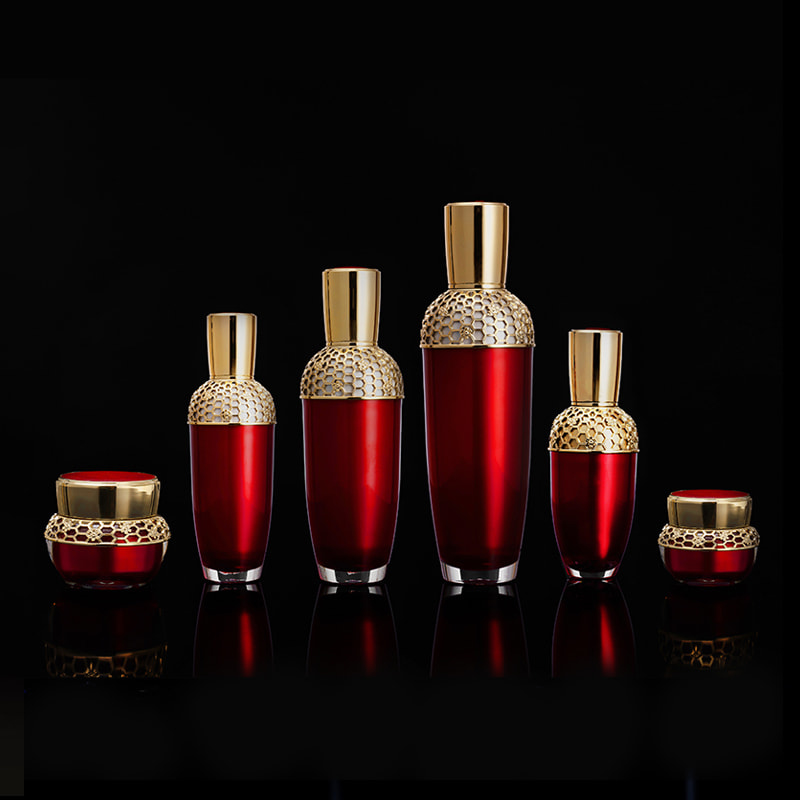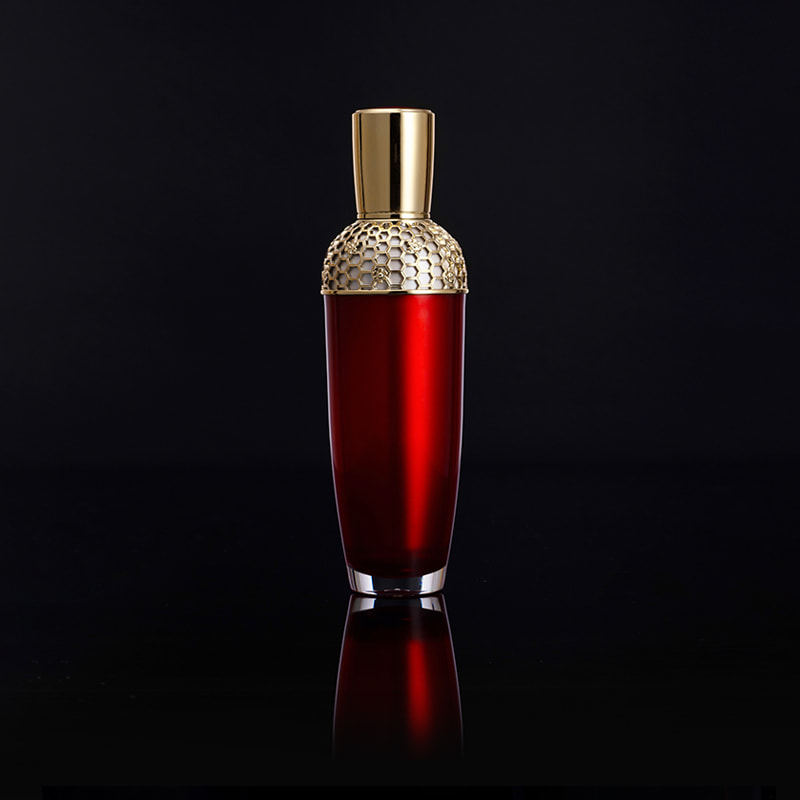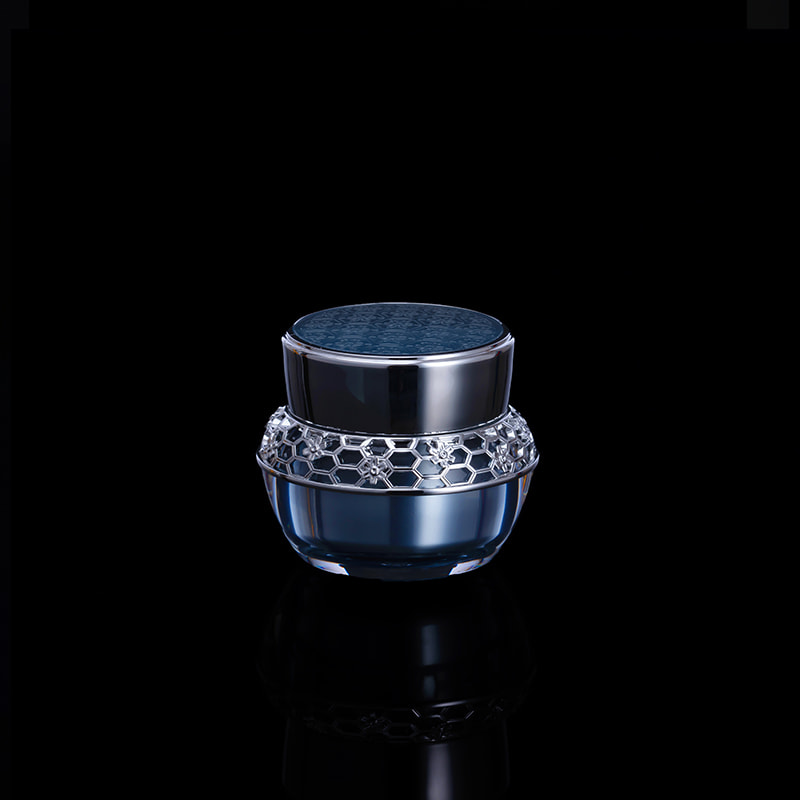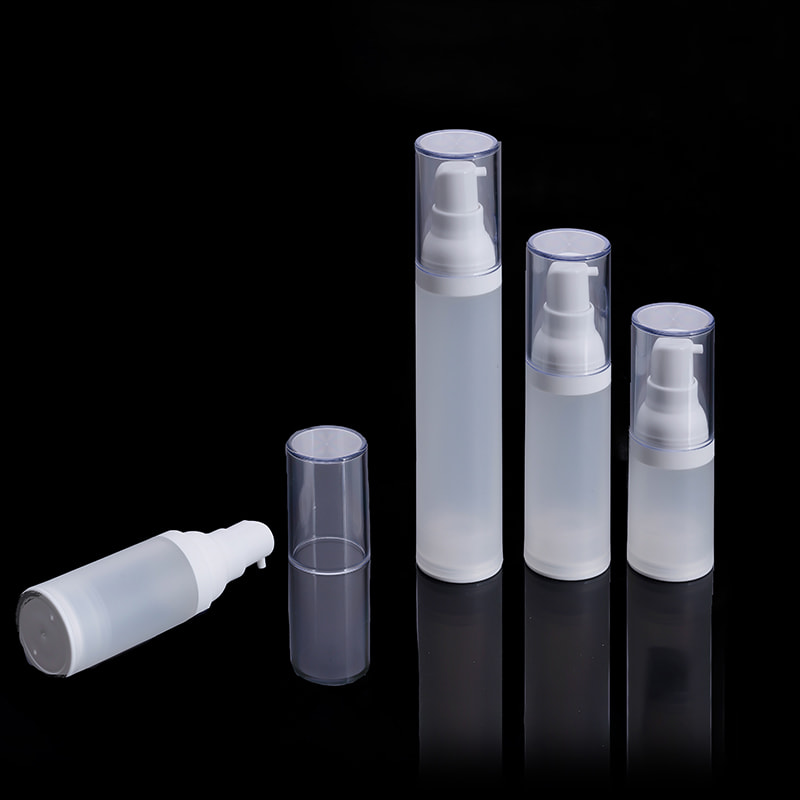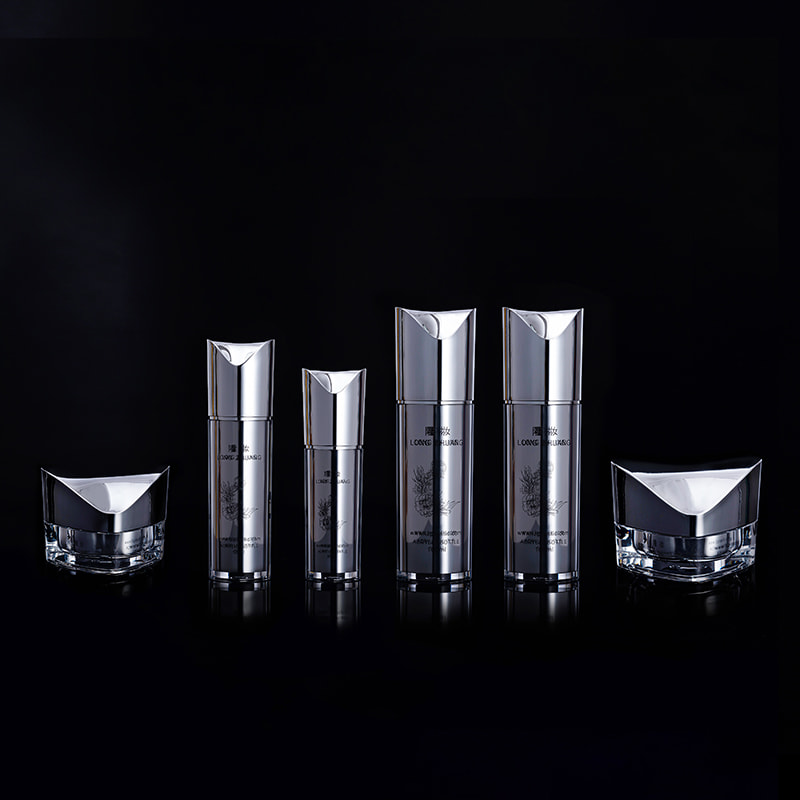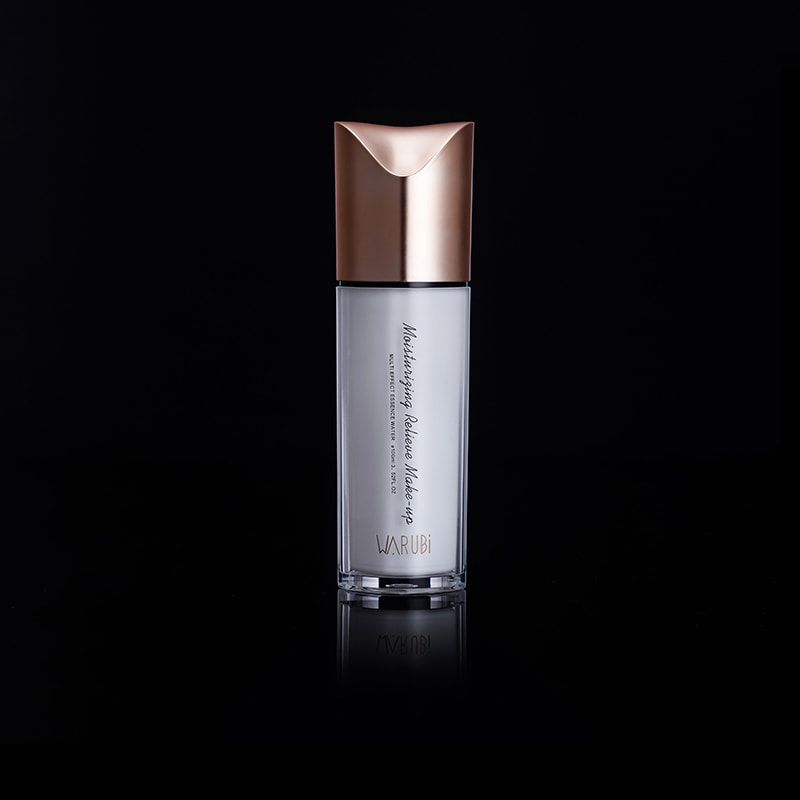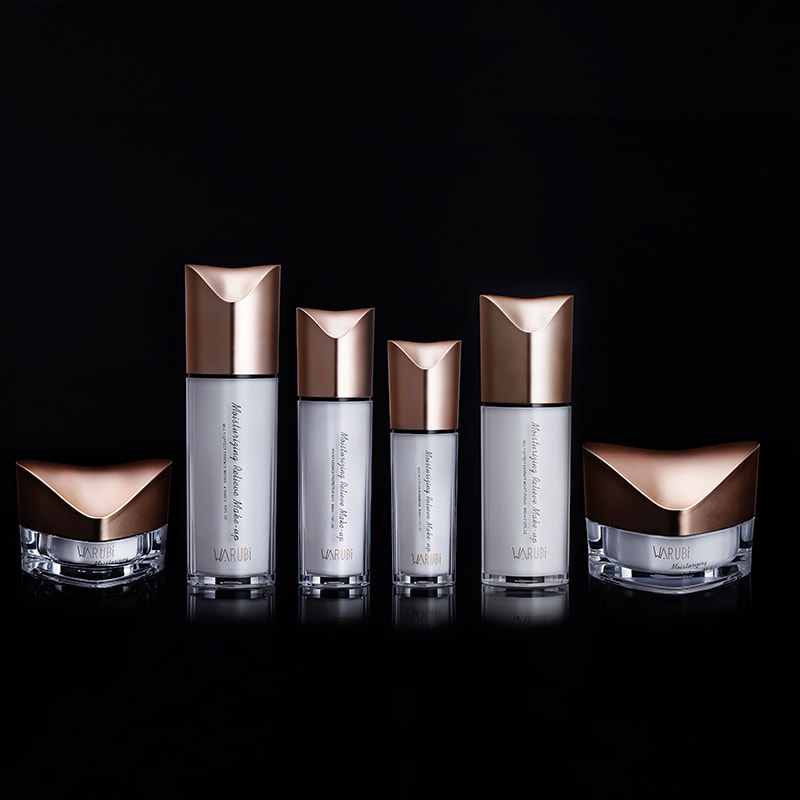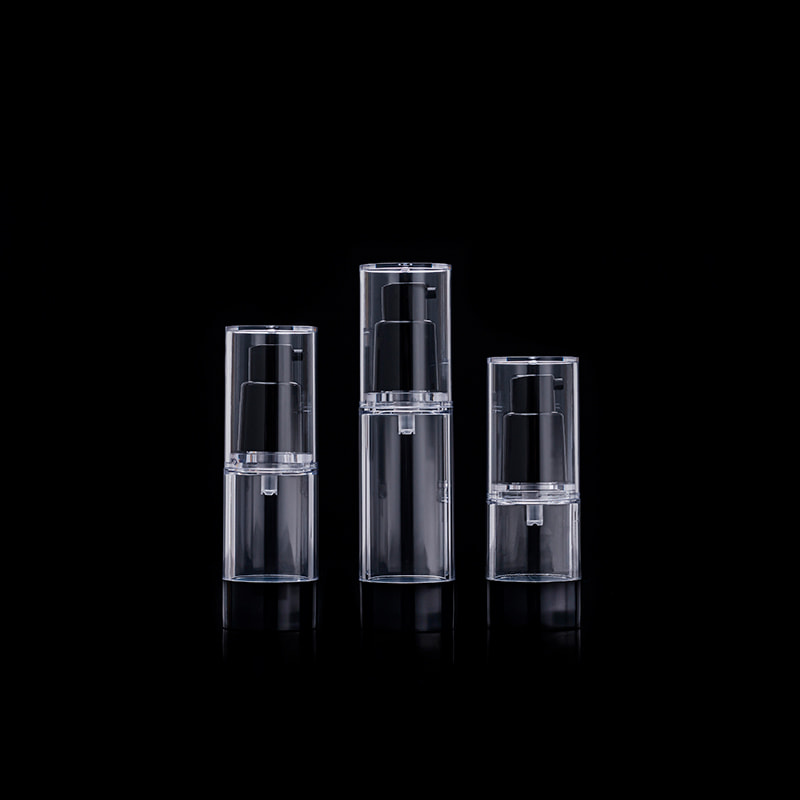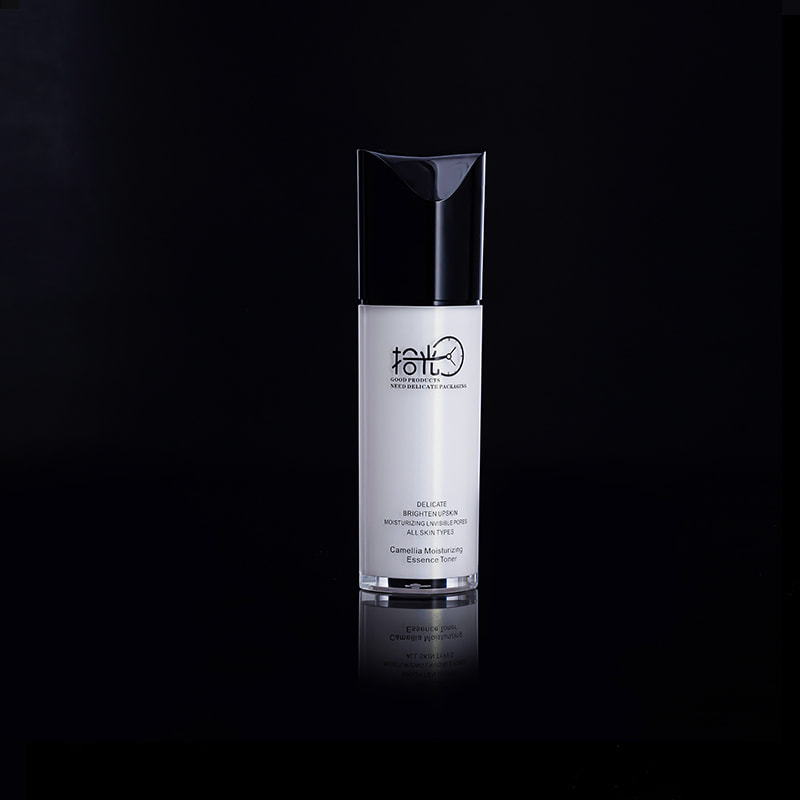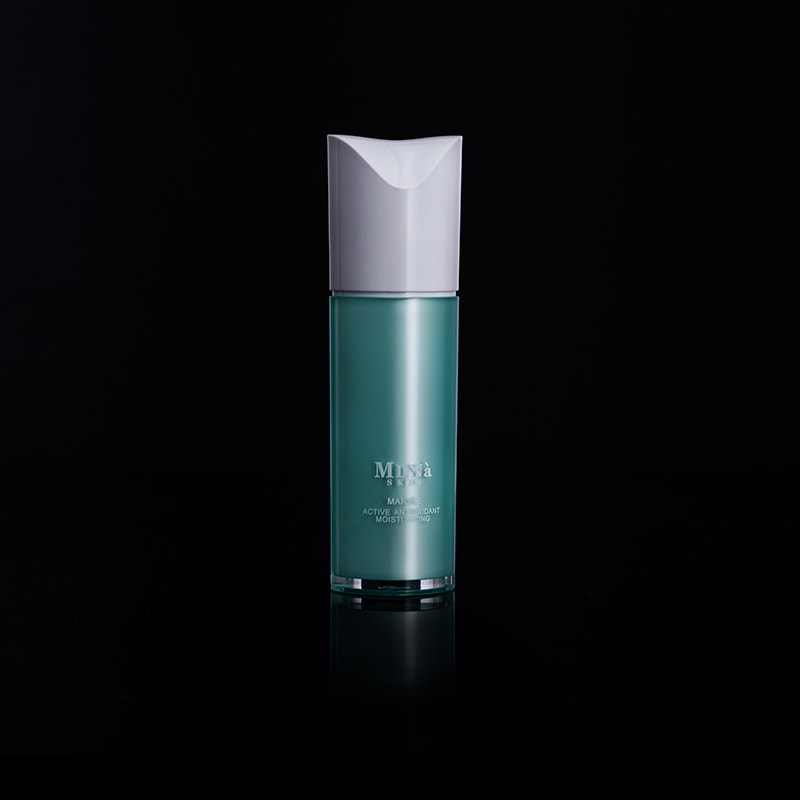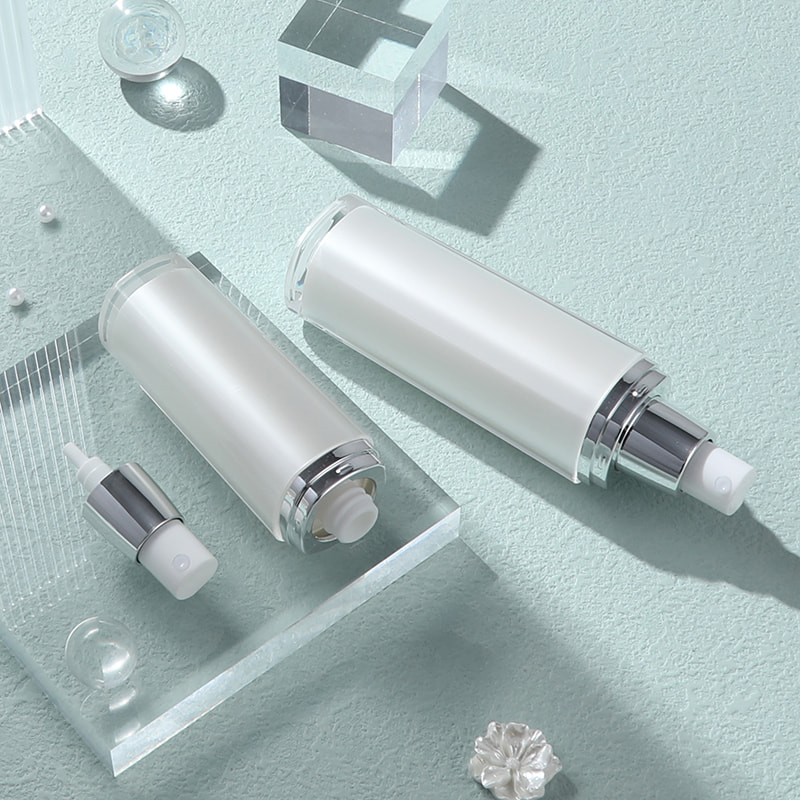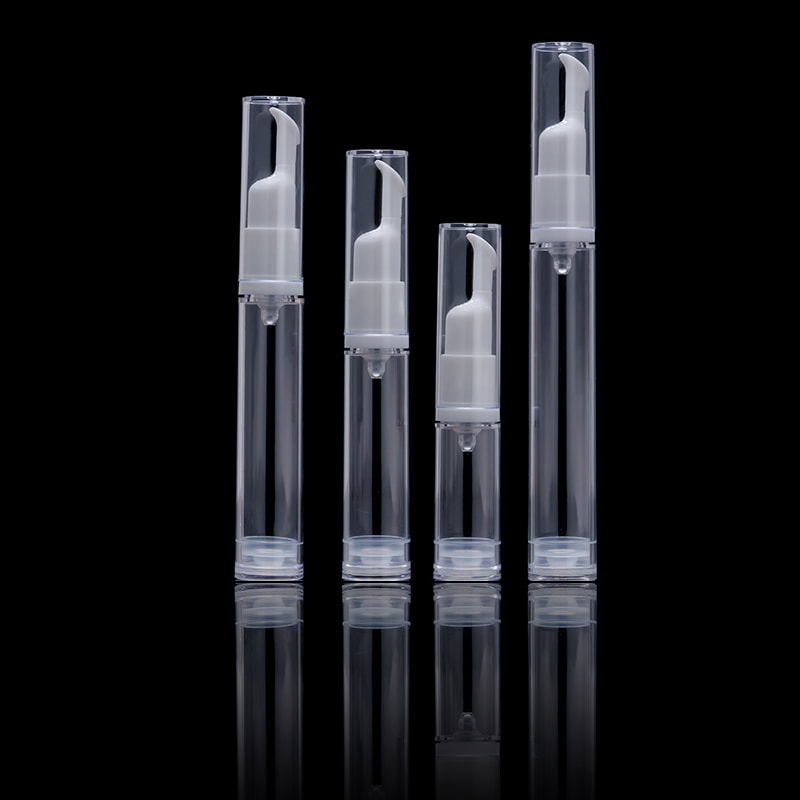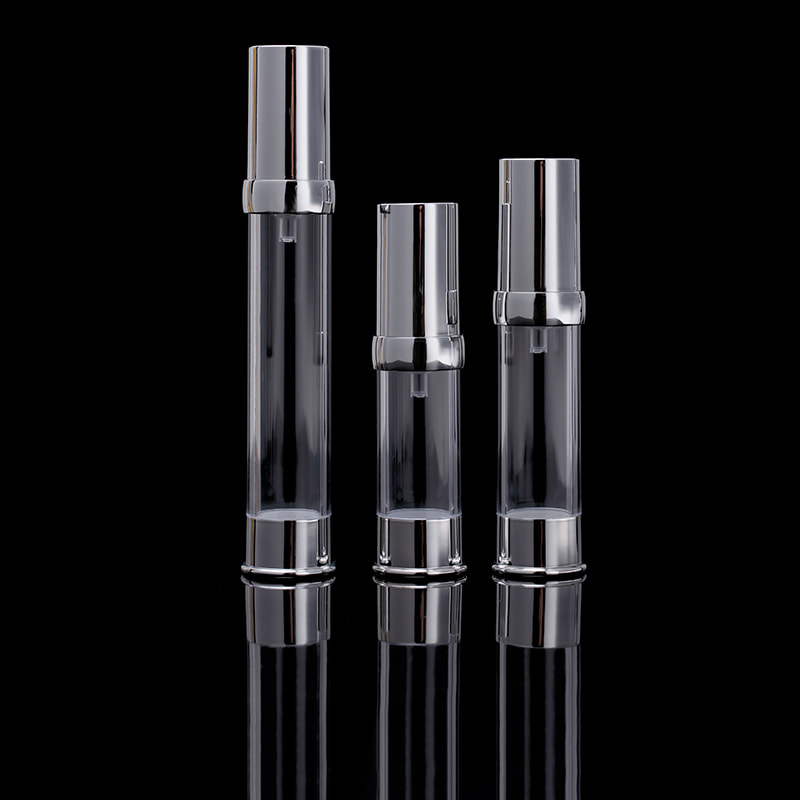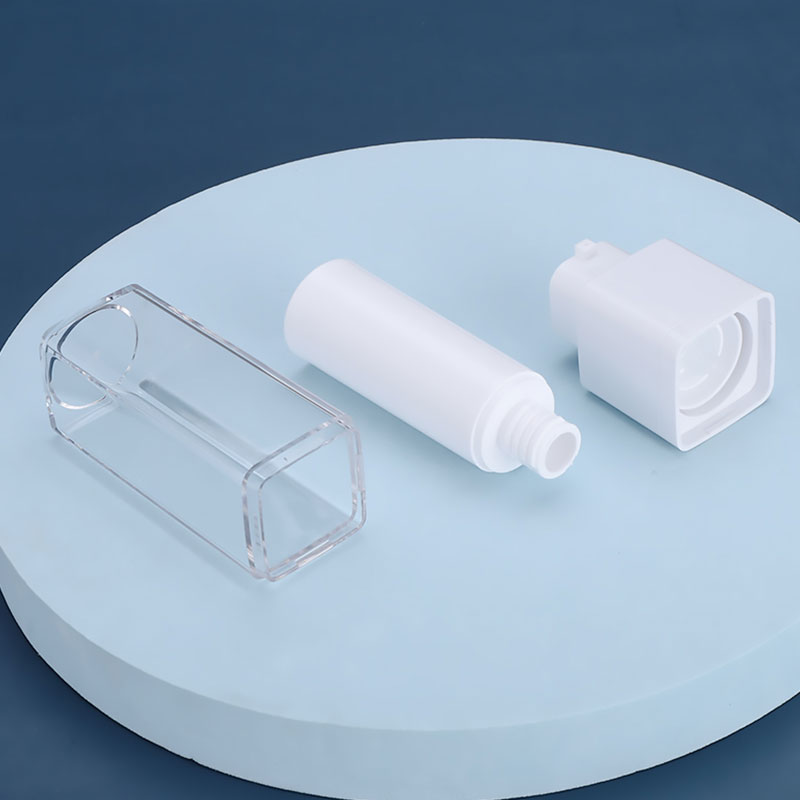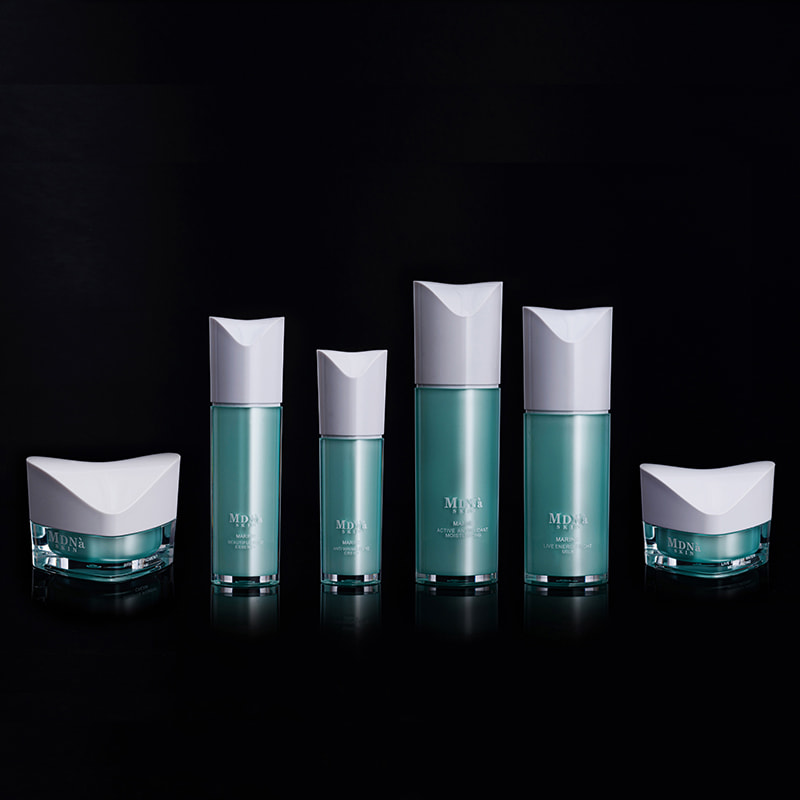What are the basic requirements for cream bottle packaging materials
Cream bottle is one of the main containers for cosmetic […]
Cream bottle is one of the main containers for cosmetics. It has a larger caliber and thicker wall. The material is composed of acrylic, glass, etc.
Basic appearance requirements
1. Foreign matter: Do not mix with dust, flying insects, hair and other debris
2. Appearance: no cracks, flashes, burrs, stains, oil stains, scratches, scratches, ghosts, etc.
3. Short plastic/unsaturated mold: the product is incomplete and seriously affects the overall appearance
4. The container is broken: the contents cannot be filled, and the function and overall appearance have been affected
Surface treatment and graphic printing requirements
1. Coating: electroplating, spraying dot or linear bottoming, pitting, etc., should be within the limit
2. Ironing / layout: must be consistent with the design seal, printed text or pattern ghosting, uneven or jagged edges, missing dots, color dots, etc., shall not affect the overall product appearance and the ironing pattern and should be in Within the limit (color dots shall not appear on the logo and within 0.5cm of the vicinity)
3. Surface chromatic aberration: must meet the signing standards
4. Characters: must have characters or patterns, the fonts are incomplete, the printed fonts appear broken or incomplete, and it is not easy to distinguish the original fonts
5. Ink pollution: 1mm2↑ ink adhered to the surface of the product (different color points are equivalent)
6. Hot stamping/printing adhesion: Use 3M-810 tape to stick it for 1 minute and then pull it off quickly at an angle of 45° to 90°. There should be no obvious peeling off so that the bottom is exposed, and the font should be clearly visible.
7. Electroplating/spraying adhesion: Use a utility knife to draw 4-6 squares about 0.2cm in length on the electroplating/spraying part (scratch the electroplated/sprayed coating is enough), use 3M-810 tape After sticking to the square for 1 minute, pull it off quickly and forcefully at an angle of 45°~90° without falling off.
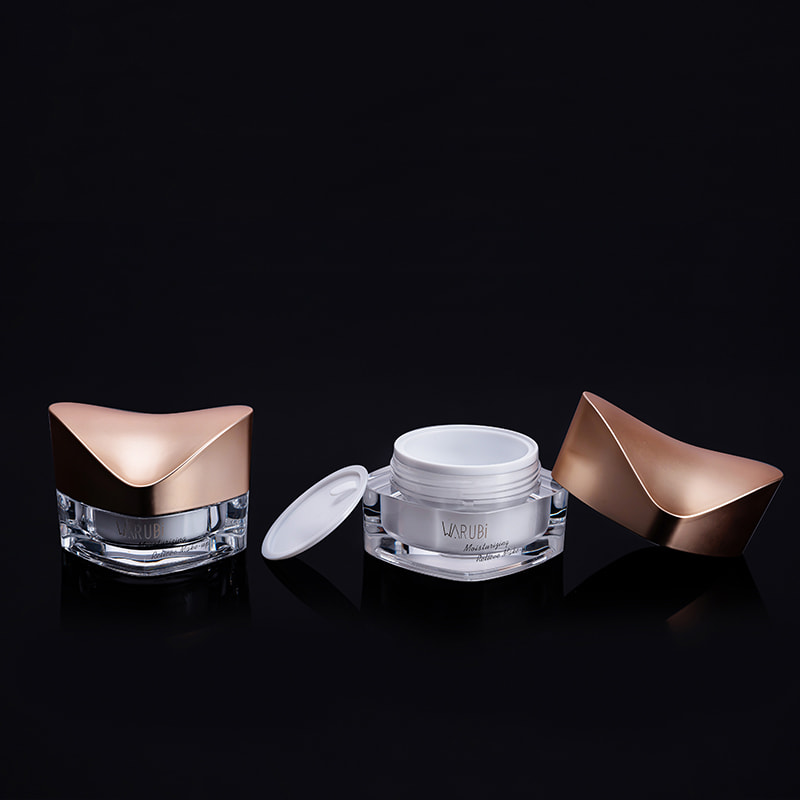
Material and structure requirements
1. Specification/size: meet the standard and within the limit
2. Material: Do not use inappropriate raw materials and materials to produce and assemble
3. Gate: must not appear, it will be shaken when standing
4. Thread: no slippage, affecting function and overall appearance
5. Deformation: causing bottle and cap products to fail to match
6. Gap: the matching gap is not allowed to exceed the standard by more than 0.5mm
7. Positioning: Positioning that is more than ±2mm beyond the standard
Functional requirements
1. The matching torque of the cap and the bottle: After the cap and the bottle are tightened, the opening torque should be between 0.2N.m and 0.7N.m to test with a torque meter, and the thread shall not be slippery when the tightening is continued after tightening.
2. Pull-out force between the outer cover and the inner cover: Use a pull-out force tester to test the pull-out force between the outer cover and the inner cover should be ≧4 kgf (39.23 N).
3. Vacuum leakage test: Fill the product with water and lay (or turn it upside down) on the absorbent white paper in the vacuum box. Vacuum for 15 minutes, the loss rate shall not be greater than 0.5%.
4. Vacuum box air pressure: The product material is ordinary material -0.06MPa, and the product material contains volatile components: -0.08MPa.
5. Drop test: It is filled with water and dropped at a height of 1m, and it is broken, loose or not functioning properly.


